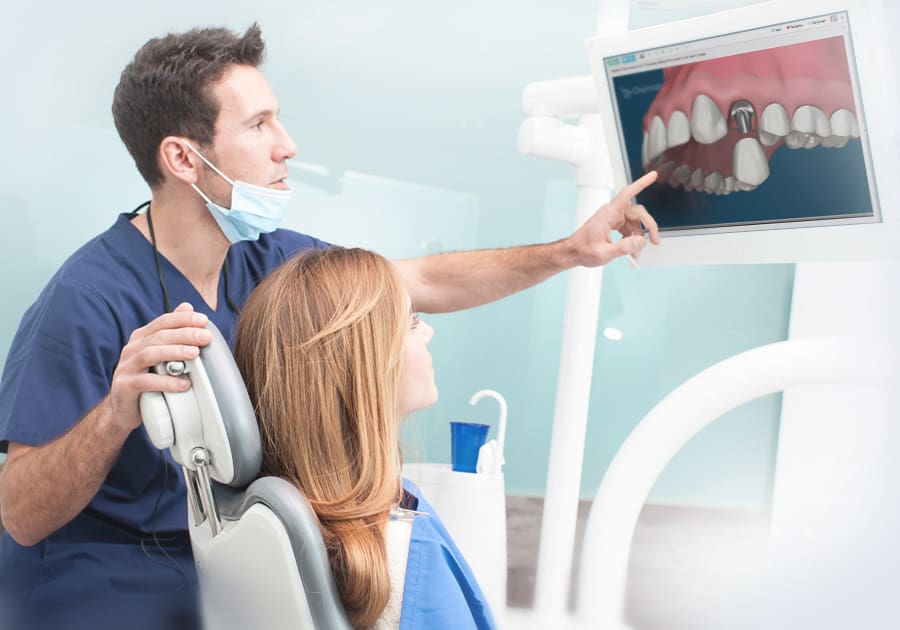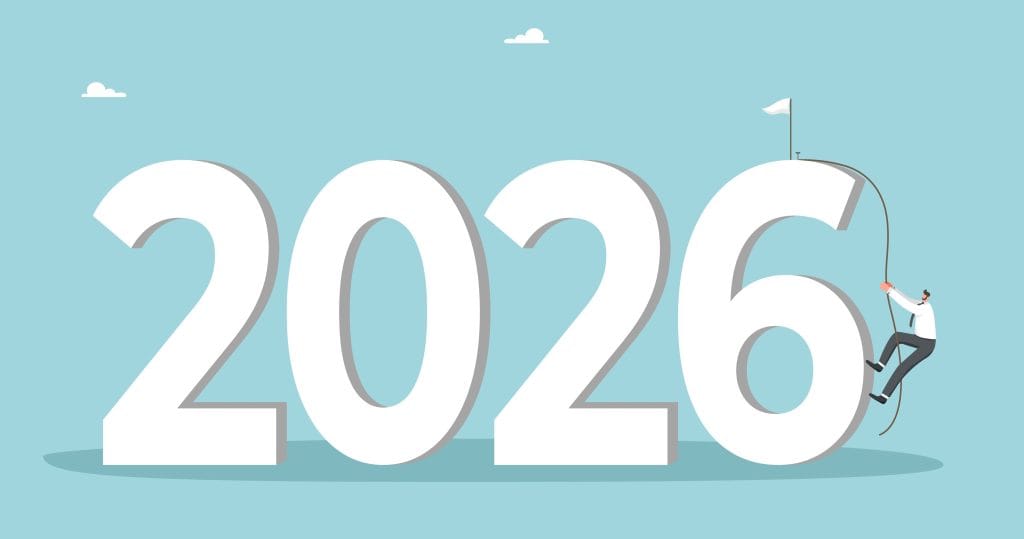Last updated on November 28th, 2025 at 06:48 pm
Last updated on November 5th, 2025 at 01:27 am
 Q: I want to create a strong marketing plan, but I’m not sure where or how to start. How do I begin to market my practice?
Q: I want to create a strong marketing plan, but I’m not sure where or how to start. How do I begin to market my practice?
A successful and cost-effective dental marketing campaign should begin with you figuring out what kind of public (patients) you plan on marketing to. Your public, or “target audience,” is a group of people that hold several characteristics in common, such as age, location, interests, income bracket, marital status, occupation and so on. Among other things, marketing efforts that end up with a high ROI (return on investment) normally target a specific public. So we recommend that you match the types of procedures you’re looking to do more of with the public who would most likely need it most.
For example, if you want to do more restorative work (crowns and so on) and implants, you would market to people in their late 30s and older (or hockey players….) as opposed to teens and college kids. And while orthodontists can help anyone in any age bracket, their primary public is still kids. So here you would target families with children ages 7-10 or over.
In other words, increase your success by targeting your marketing. Don’t just market to everybody under the sun. And of course you could market different services to different publics (i.e. veneers to one public, tooth replacement to another and so on).
Once you’ve established WHO you want to market to, you would survey them to find out their needs, wants, thoughts and opinions on their teeth and oral health. Using your survey information, you can then develop your marketing message and campaign (internal and external). It takes a bit of homework, but the pay-off can be huge if this is done right.
If you really want to master this subject and turn your practice into a New Patient Machine, I recommend doing the The MGE New Patient Workshop.
Q: How can I evaluate if my marketing is working or not?
Let me begin my answer by saying that the purpose of a marketing campaign is to create an incoming “reach” from prospective patients. By reach, we mean a phone call, email, inquiry and so on.
With this in mind, you can see that the effectiveness of any marketing would be gauged by how many prospective patients respond to your promotional effort. Make sure to track how many responses you are getting on a regular basis and where they are coming from—e.g. your website, newsletter, Google Ads, referrals, etc. That way, you can reinforce your more successful efforts and handle or drop the unsuccessful ones.
Not to make it too confusing, but keep in mind that the number of new patients doesn’t always indicate the effectiveness of your marketing. It is up to your front desk personnel to handle the incoming new patient calls correctly and to get these new patients into the practice. Even the best marketing can fail if potential patients are mishandled over the phone and lost before they even arrive at your office. Once again, we address this very issue (how to handle the phones) in the MGE New Patient Workshop. For that matter, it’s not uncommon for someone to do the workshop and see more new patients before they have a chance to do any marketing. Why? Because they get good at handling incoming calls and start to recover the patients that they had been losing up to that point!
Q: Nine times out of ten, patients seem excited to go ahead with treatment after talking to me. Then I send them to the front. But I often don’t see them on my schedule later for the procedure we discussed. What am I doing wrong?
If I had to guess what was wrong, I would say that things are breaking down around the financial discussion. For example, it’s easy to sell a Ferrari until you start talking about how much it costs!
Chances are you’re not discussing finances with patients before sending them up front. If that’s the case, this is the first change I would make: Start going over the cost of treatment with patients before passing them to your Financial Coordinator. Why? If anything, it will give you an accurate idea of how close a patient is to actually following through with treatment. Also keep in mind that:
- As far as patients are concerned, you have the most authority on the subject (treatment). So it’s easiest for you to convince them to move ahead, and
- Patients consider you most qualified to answer any questions.
Once you mention the fee, the nature of a patient’s response will tell you “where” they are with relation to actually following through and how they feel about paying. From there, you can address their concerns accordingly. If a patient says “Oh, I could never afford this,” then you know you have some work to do before sending them up front.
If you want to see some real improvement in this area, I suggest doing the MGE Communication and Sales Seminars. As an MGE client, it’s pretty common to see someone go through just one of these and see at least a $10,000 a month increase. Even better though, our attendees’ improved communication skills enable them to help more patients and do the kind of dentistry they love.



